Cricut Maker vs Cricut Maker 3: which is right for you?
We pit the Cricut Maker vs Cricut Maker 3, and compare new features to old so you can make an informed choice.
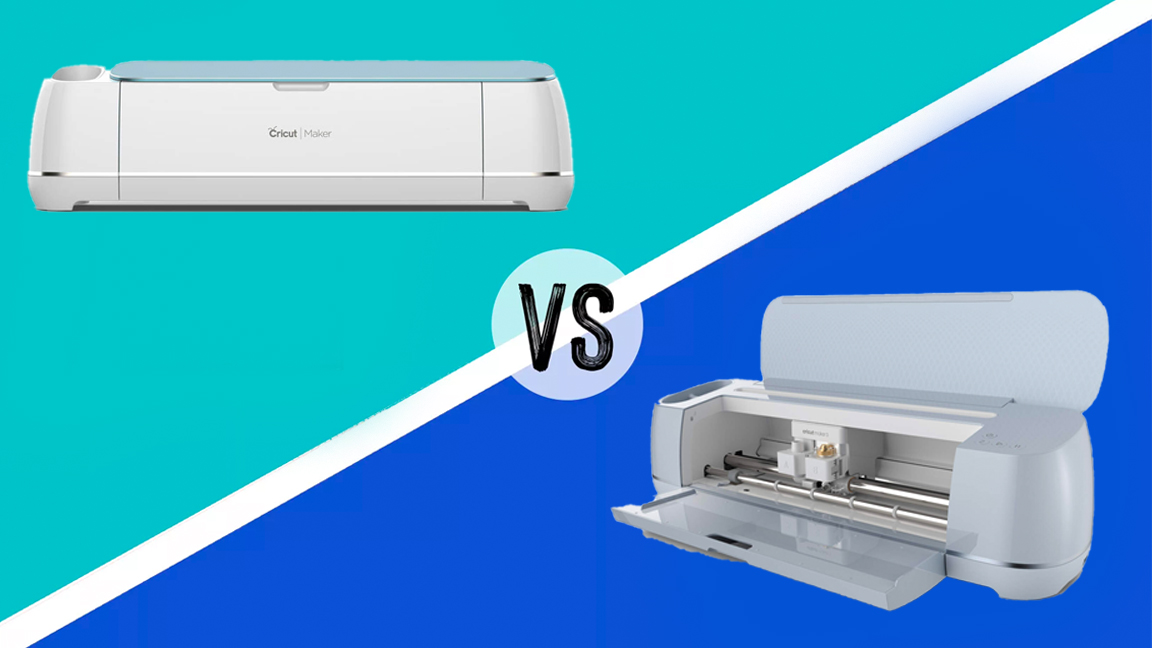
When it comes to Cricut Maker vs Cricut Maker 3 there are some key differences that separate Cricut's older digital craft cutting machine from its newer release. In this guide I'll share how they are similar and how they differ. It can be a little nuanced too, as both machines can cut, score and engrave more than 300 materials, including paper, fabric and wood (also see our best vinyl cutting machines guide).
While Cricut has other machines, including the Cricut Explore 3 and Cricut Joy, it's the new larger and more powerful cutting machines that grab the headlines. Both make use of Cricut Design Space for planning projects and both make use of 13 tools and blades for added functions. Maker and Maker 3 feature in my guide to the best Cricut Machines, and in my feature Cricut vs Silhouette I cover this band against its main rival.
In this Cricut Maker vs Cricut Maker 3 feature we're comparing price, design, functions, and everything else you could wish to know about these two great machines. When you've decided, take a look at the best Cricut accessories and read our feature on how to make money with Cricut to boost your income.
Cricut Maker vs Cricut Maker 3: quick comparison
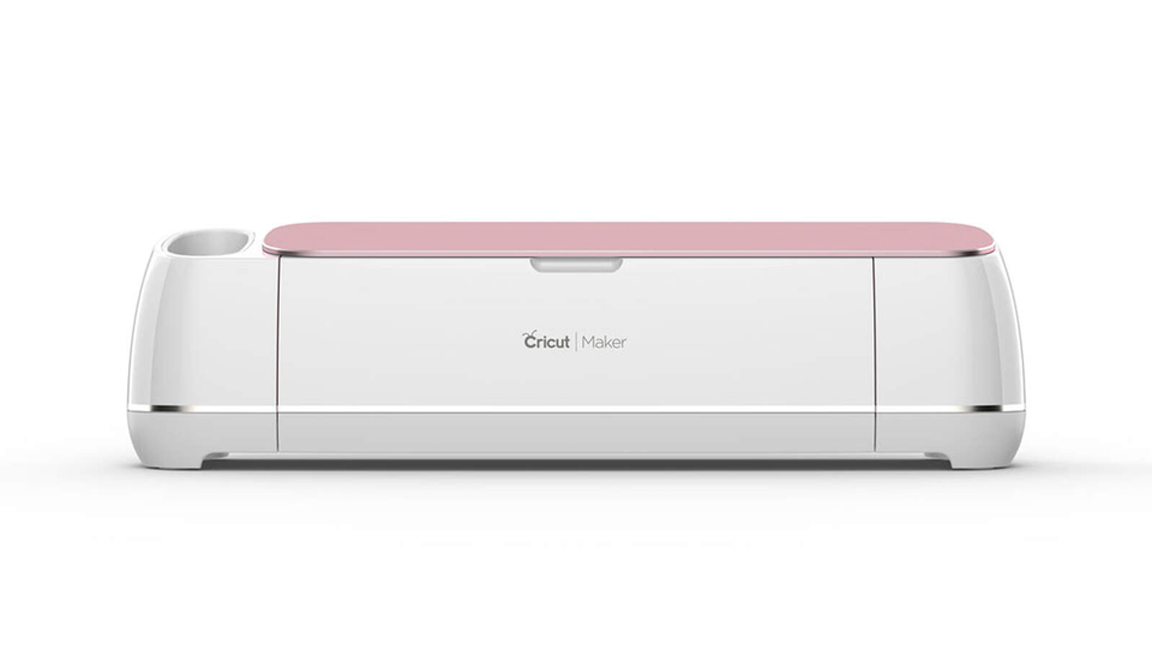
Cricut Maker is the brand's original hit digital cutting machine and it's still a very capable craft gadget. The Maker remains one of the largest around and can cut, engrave and score over 300 materials.
It's been around a while, which has two great advantages: the Maker has a wealth of add-on tools and blades to make use of and there are always excellent deals on its price.
If you can live without using Cricut Smart Materials then the Maker is an excellent choice for you and your wallet.
Pros
- 13 different tools
- Automatic blade detection
- A professional machine at a hobbyist price point
Cons
- Doesn't work with smart vinyl
- Is heavy and takes up quite a bit of space
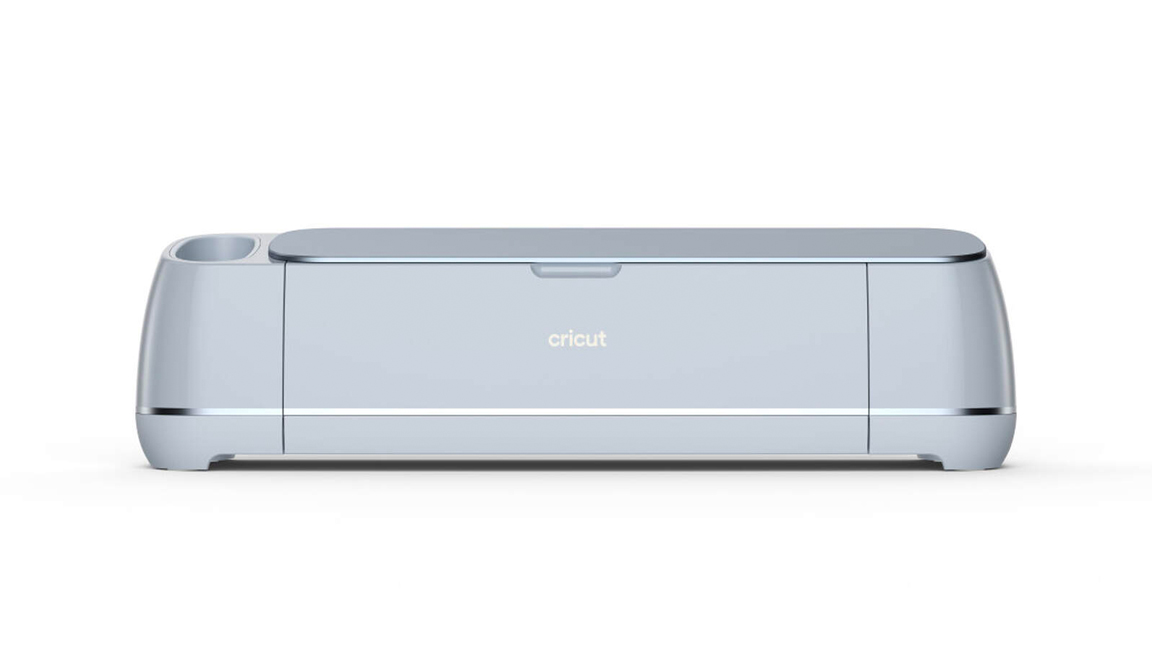
Cricut Maker 3 is the newest craft cutting machine from Cricut, and actually is very similar to Cricut Maker in size and, like the older machine, can be used with more than 300 materials.
The differences are subtle but needed, for example Maker 3 has double the cutting speed as the older Maker. But it's the use of Smart Materials that makes a difference, these enable you to cut without a mat and much longer pieces of vinyl.
Pros
- Can use Cricut smart materials
- Very fast cutting times
- 13 different tips are available
- Very quiet when in use
Cons
- It's an expensive machine
- Only comes with a fine-point blade
- Doesn’t ship with a mat
Cricut Maker vs Cricut Maker 3: price
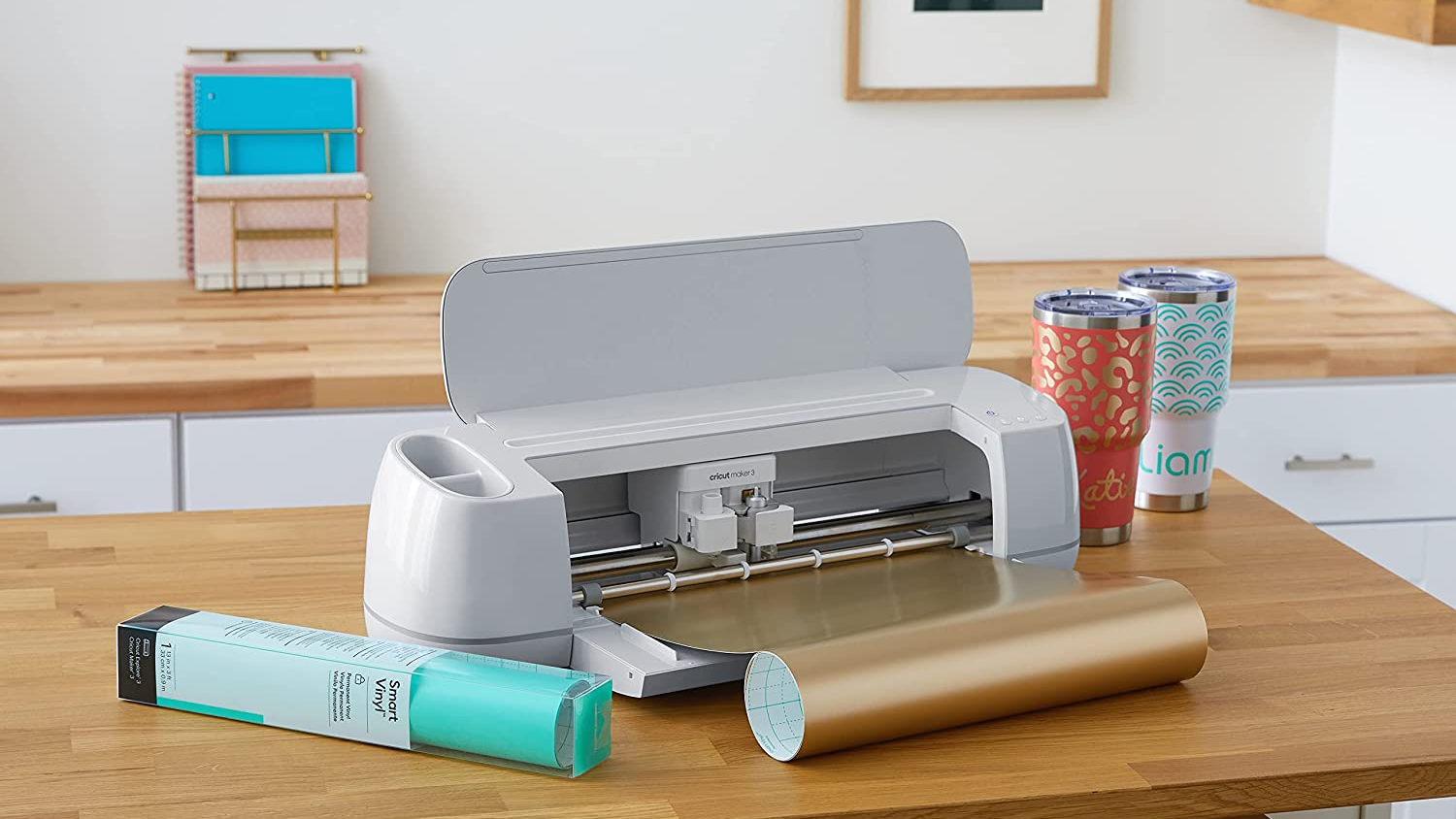
Neither the Cricut Maker nor the Cricut Maker 3 is cheap. You can pick up the Cricut Maker for $329 / £339, but the Maker 3 costs $399 / £380.
The right one for you will really depend on your budget and whether or not you'd use the added features that could make the Maker 3 worth the investment. We'll get into those added features in a second, but while the Maker 3 is Cricut's most expensive machine, the Maker is still in second place.
Cricut Maker vs Cricut Maker 3: design
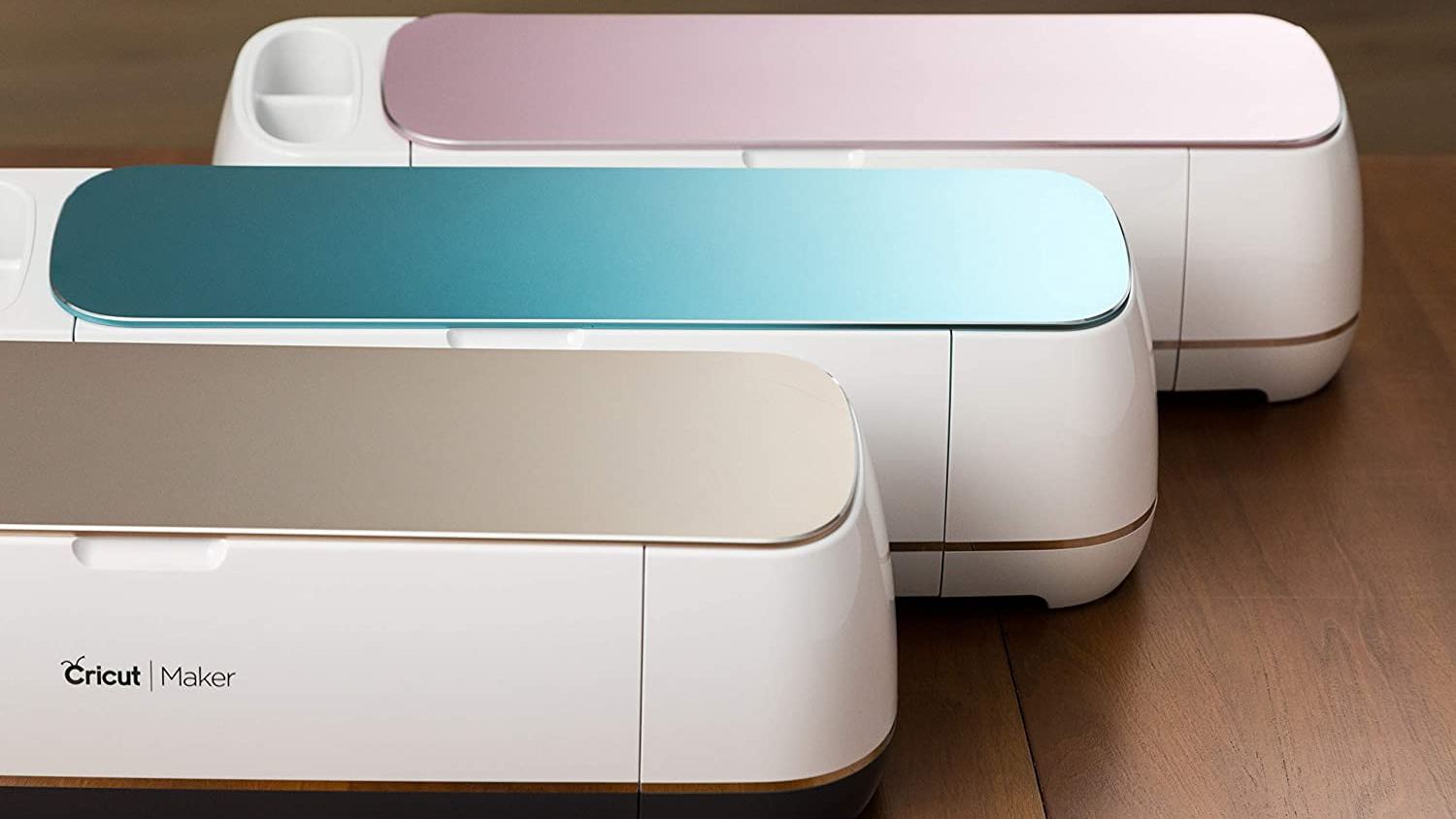
The Cricut Maker 3 is a couple of centimetres larger than the original Cricut Maker, but the difference isn't a significant one. The Maker 3 is a little heavier though, at 6.9kg instead of 4.8kg. If portability is an important factor to you, the original Maker may be a little easier to take on the go.
The buttons are the same, too. There's a button to turn the machine off, a button to load and unload materials, and buttons to start and pause the cutting process.
Daily design news, reviews, how-tos and more, as picked by the editors.
While colour choice far from the most important factor you'll consider when picking your Cricut, it's still an important design distinction. The original Maker is also available in a range of colours, from Pink and Blue to a frosted Gold. By contrast, the Maker 3 is currently only available in an all-over muted blue.
Overall though, both look great on any worktop, and on both the Maker and the Maker 3 you'll get on-board tool storage and a groove to hold your tablet while you work.
Cricut Maker vs Cricut Maker 3: What's new?
The key difference between the Cricut Maker and the Cricut Maker 3 is that the Cricut Maker 3 works with Smart Materials, which is something that was lacking in the original.
Cricut's Smart Materials will allow you to work mat-free, meaning you can continuously work on projects up to 12 feet in length. By contrast, because it won't work with Smart Materials, the Cricut Maker only works on materials up to 24 inches long, due to limitations in mat sizes. You can still work on other materials, such as infusible ink and regular cardstock, using a mat with the Maker 3, but the option of mat-free cutting could really change the way you work on larger projects.
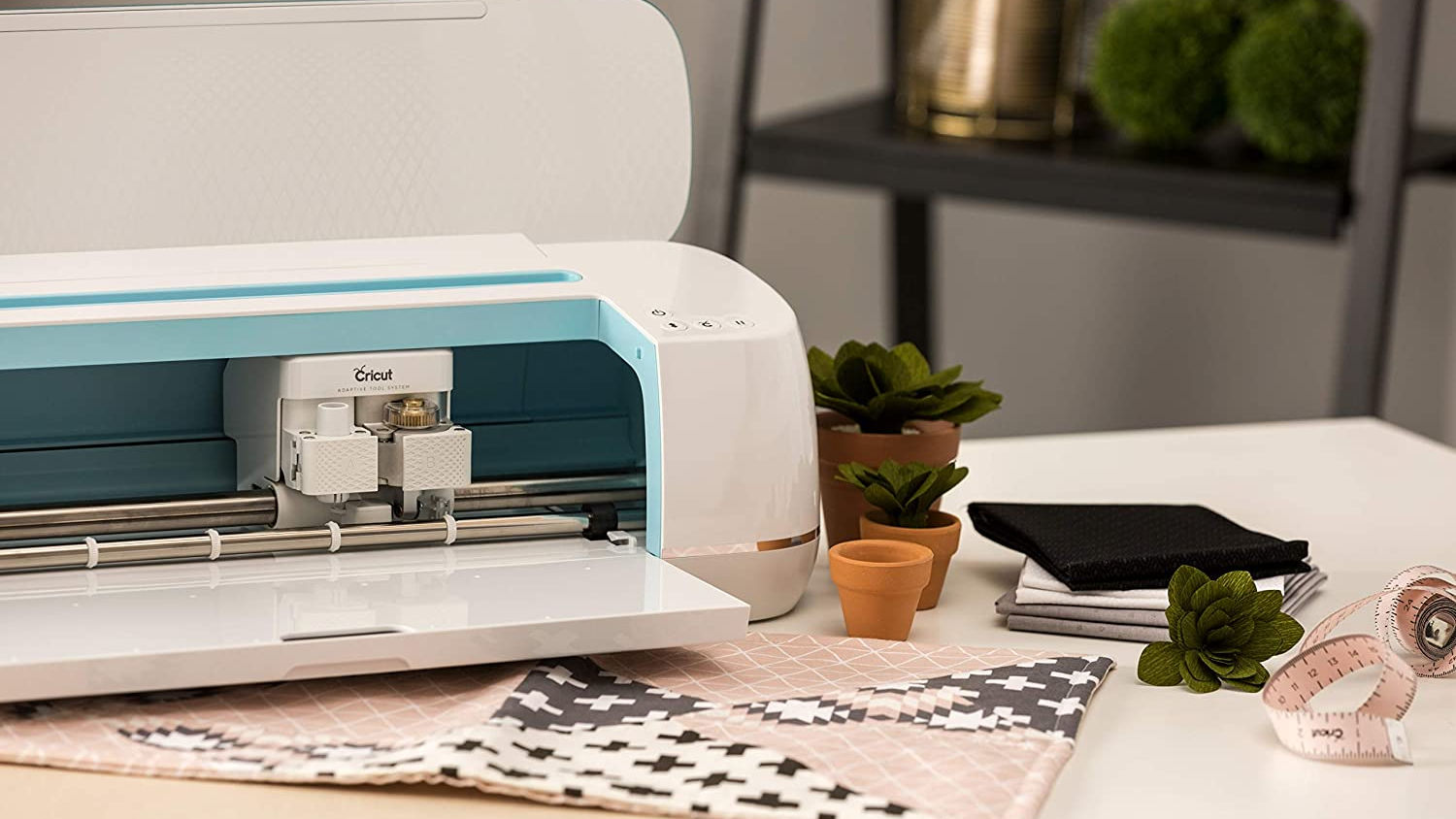
The other key difference between the Cricut Maker and the Cricut Maker 3 is the cutting speed. While the Cricut Maker has always been known for its speedy vinyl cutting, the Maker 3 is twice as fast, which will allow you to power through projects in record time.
This could be really useful for those who have small businesses and have a lot of demand to keep up with, and if you're used to crafting in the pockets of spare time you get throughout the day, the Maker 3 will make sure that every minute counts.
The Maker 3 also comes with a new, more powerful adaptor that increases output. The double speed works best on Smart Materials though, so if you don't plan on making the most of these extras, it might be worth sticking with the original Maker.
While it's a small difference, the Maker can cut materials up to 12 inches in width, whereas the Maker 3 goes up to 13 inches.
Cricut Maker vs Cricut Maker 3: common features
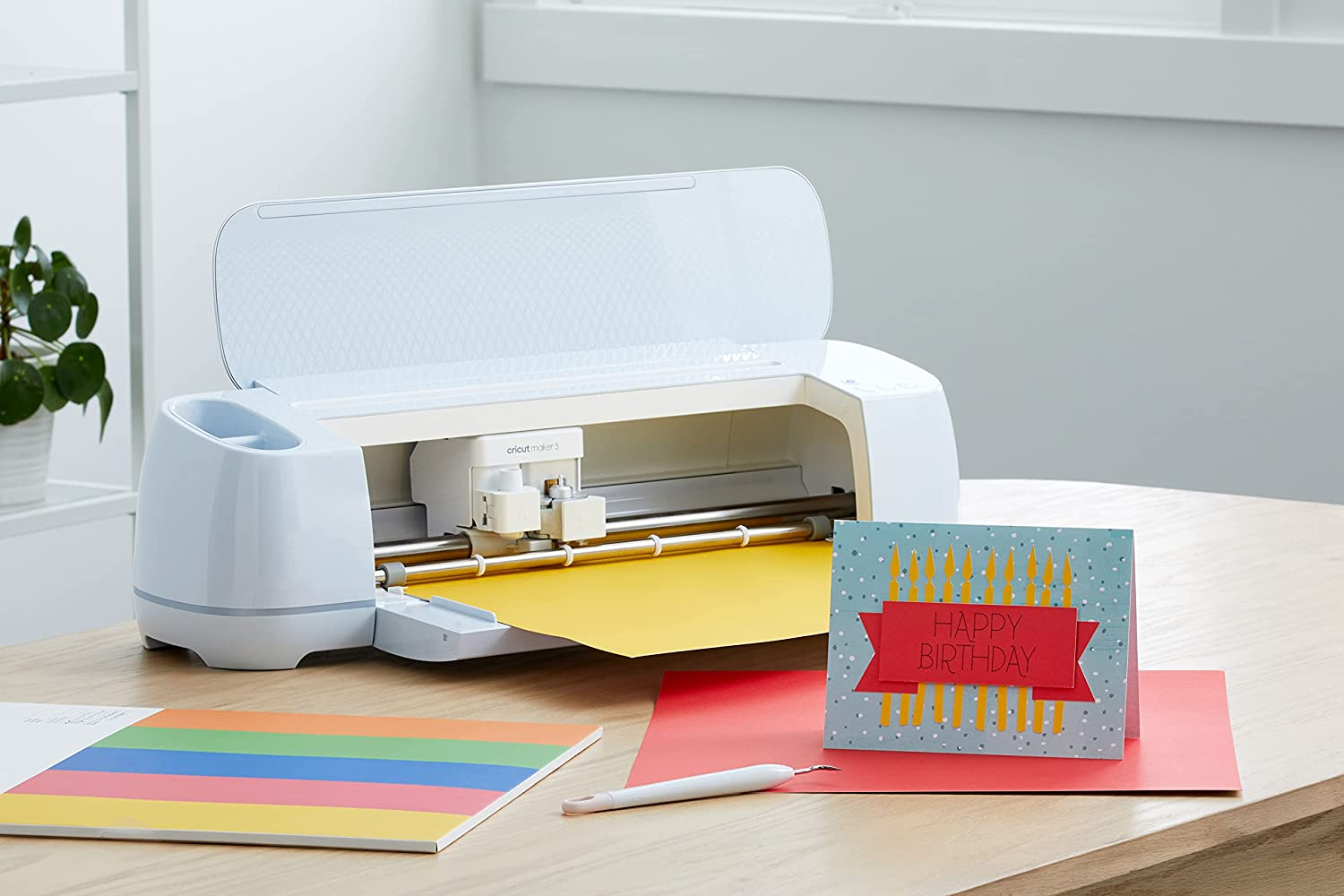
There are some things that haven't changed with the new Cricut. You can still use all 13 attachments with both machines, bringing optional functions from cutting and scoring to writing and even engraving to the table.
Both machines offer Print Then Cut capability on both white and coloured paper. The only other Cricut that offers this function is the Explore 3, which works with half the number of tools.
The Maker works with over 300 material types, including tough ingredients like balsa wood and fabric. The Maker 3 can also cut over 300 materials, with commerical-grade cutting and the exact same powerful tools for debossing, engraving, and more.
Connectivity is the exact same too. Both the Maker and Maker 3 work on Bluetooth and with USB. We're pleased that Cricut didn't remove USB connection with the Maker 3, which is something lacking on the Cricut Joy, because it means you can use the machine even when your connection isn't the best.
Cricut Maker vs Cricut Maker 3: Which is right for you?
The main difference between the Maker and the Maker 3 is the addition of smart materials. Pairing Cricut's Smart Materials with your Maker 3 will mean you can cut twice as fast as any material you could cut with the original Maker. They also remove the need for a cutting mat, which means you can continuously craft for up to 12 feet.
The Maker 3 is also marginally larger, and two kilograms heavier. Both machines are expensive, but at around $400 / £400, the Maker 3 is a lot of money to part with. Yet Cricut's new machine is invaluable for crafters looking to get more from their time and achieve a professional finish. The option to extend materials to 12 feet will absolutely cut down on time when making large projects.
Our advice? If you're new to Cricut and want to decide which machine is the best, the Maker 3 is essentially an amped-up Maker, with more access to Cricut's own line of materials and speedier cutting. This is the one we'd pick for those who don't already own the original Maker,
But if you do already have the Maker, you should really consider if it's worth buying a new machine to replace it. It will only be worth it if you plan on making the most of the Smart Material compatibility, which will in turn speed up your crafting times and remove the need for a mat.
Read more
- Discover the best laser cutters
- The best Glowforge machines in
- These are the best tablets for Cricut

Ian Dean is Editor, Digital Arts & 3D at Creative Bloq, and the former editor of many leading magazines. These titles included ImagineFX, 3D World and video game titles Play and Official PlayStation Magazine. Ian launched Xbox magazine X360 and edited PlayStation World. For Creative Bloq, Ian combines his experiences to bring the latest news on digital art, VFX and video games and tech, and in his spare time he doodles in Procreate, ArtRage, and Rebelle while finding time to play Xbox and PS5.
- Millie FenderFreelance writer
